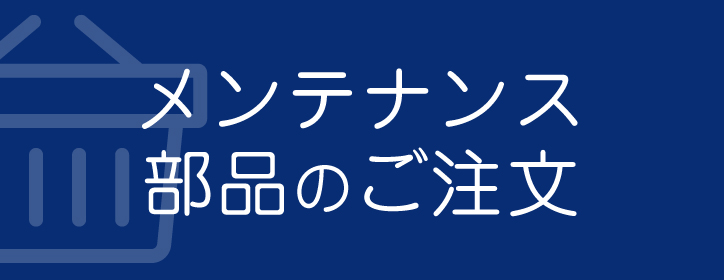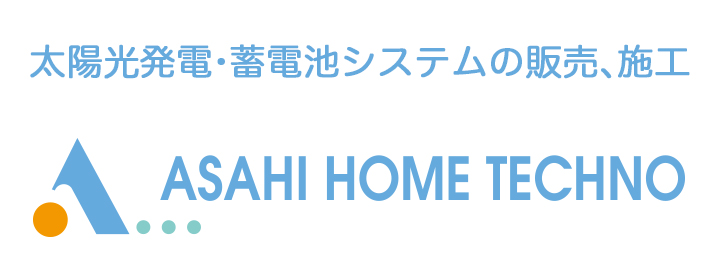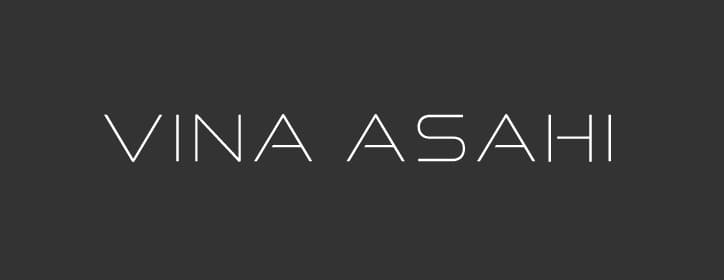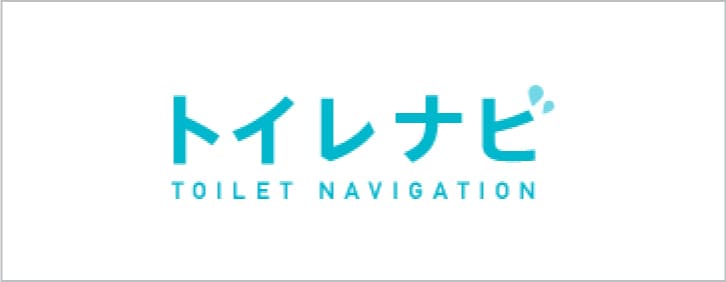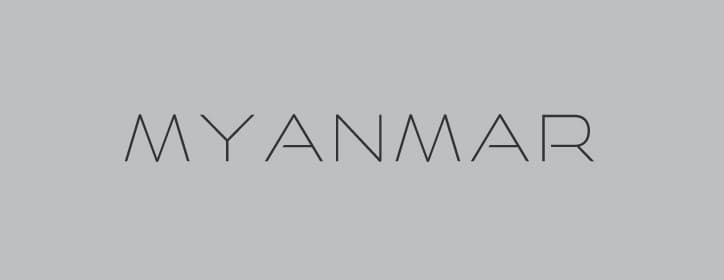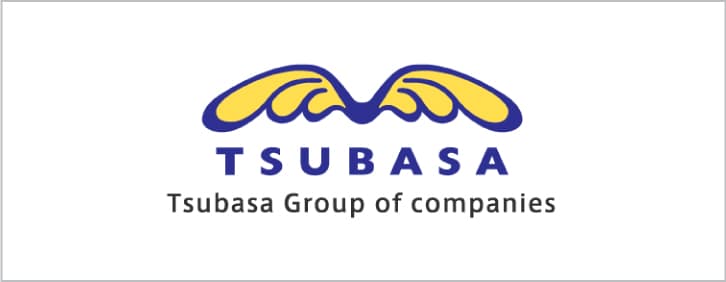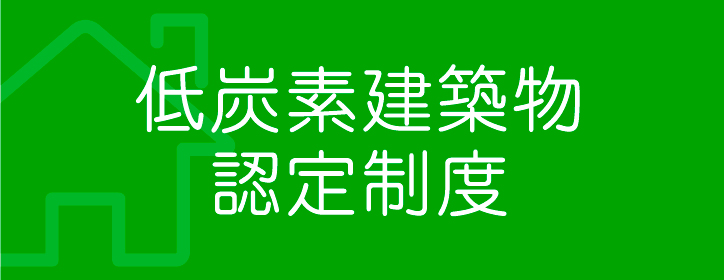Job Costing Construction vs Process Costing
Content
Maximize profitability with construction-focused accounting software. Useful for companies/industries where mass production is done. Cost is determined for the overall process and then is spread over the production units. Job costing makes the billing process easier for customers as well as the owners since the details of the exact costs are possible to be specified. But, later, products are produced in large volume, and consequently, it does not have individuality. In other words, the former is used to calculate the cost of jobs or contracts which are distinct in nature, while the latter used to compute the cost charged to each process. So, here in this article excerpt, we present all the differences between Job Costing and Process Costing, in a tabular form.
The material storage unit stores the types of wood used , the tips , and packaging materials. Process Job Costing Vs Process Costing costing is straightforward to track versus the detailed record keeping in job costing.
Which Products are Best Served by Using Job Costing?
After that, the mug is sent to the coloring department, where the mug is painted the correct color. Next, the colored mug is sent to the lid department, where plastic lids are created and placed on the mug.
- Sequential processes involve the profit at each stage of the operation and while not transfer at the cost.
- The process of production does not change because of the costing method.
- Take the example of a construction company hired to build a high-rise for a real-estate developer.
- One reason job order costing can’t be used for all products is that it would be too costly and time-consuming to track all the necessary information for each product.
- Accountants record production in separate accounts for materials inventory, labor, and overhead.
- In a job costing system, costs may be accumulated either by job or by batch.
These products include customized furniture, vehicles, machines, jewelry, and more. Each of these items is unique in some way, which means that traditional methods of mass production and assembly line manufacturing are https://www.wave-accounting.net/ not applicable. The difference between process costing and job order costing relates to how the costs are assigned to the products. In either costing system, the ability to obtain and analyze cost data is needed.
Type of Product Produced
However, the cost of the last process is transferable to any subsequential process. It is the cost which is involved in specific work or jobs which are performed according to the customer’s needs. To measure the cost of a product, various cost techniques are used. Job costing is used when goods are produced against only special orders. Process costing is used to determine the cost of each process involved in product making. But the truth is, there is a lot of money being spent before even so much as a dollar is made in return.
The process costing system is a costing method that is used to calculate unit costs for the finished goods at the end of a large production process. There exist no individual or separate orders and so no individual allocation of costs is required. Any costs incurred is due to the whole production process and so all the costs make part of the end product. The following article provides an outline for Job Costing vs Process Costing.
When Should You Use Job Order Costing?
In job costing, WIP may or may or may not be present at the end of the financial year. As against this, WIP will always be present, irrespective of the quantity, in the beginning, or at the end of the accounting period, in process costing. Job Costing, as the name implies, allows companies to track the revenues and costs of each job. Job costing systems record revenues and costs for unique units of product that can be easily distinguished from other units of the product. You may find that the case for your business is clear cut, and that one or the other of job/process costing is clearly the superior choice for you. Or you might be in a situation where some mixing and matching is required, if you are dealing in both uniform products and more customisable, unique orders. Some industries will have a clear leaning towards one, some will be more balanced.
Cost is calculated based on work performed as per customer requirement/instructions. This method is used when similar products are made in huge quantities. This is divided into production made sequentially, selectively or parallel. Job order costing provides information for management by exception, which helps focus on areas that need attention.
Job order costing records the actual materials and labor expenses for specific jobs, and assigns overhead to jobs at a pre-determined rate. Process costing applies costs to departments based on the average number of units produced per day. Job order and process costing have unique advantages and disadvantages that make them best suited for specific situations. Work in process inventory is the cost per unit and the equivalent units remaining to be completed. Job costing systems record revenues and costs for unique products; ones that can be easily distinguished from other products.
- However, instead of assigning product costs to individual jobs , process costing assigns these costs to departments .
- A key element of becoming profitable and scaling is effective cost management.
- Like Dan at Custom Furniture, managers want to assess the accuracy of cost estimates.
- The job order costing requires more record keeping activities than process costing.
- For example, a manufacturer of white label rubber gaskets regularly fills orders for thousands of gaskets at once, perhaps on a recurring contract for a kitchen appliance manufacturer.

